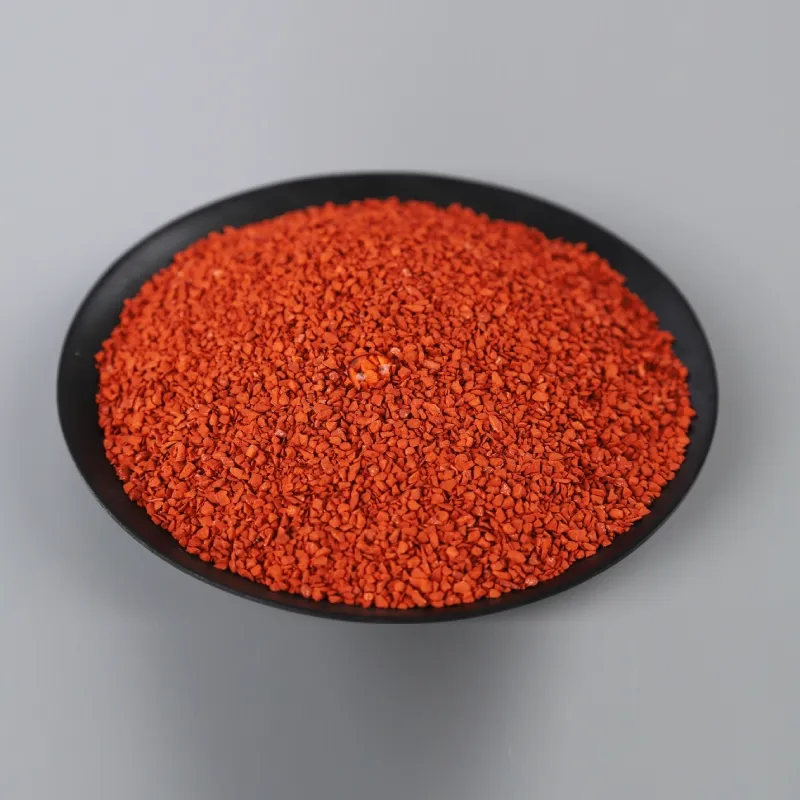
дец . 18, 2024 06:50 Back to list
hail damage to asphalt shingles
Understanding Hail Damage to Asphalt Shingles
Hailstorms can be a significant concern for homeowners, particularly when it comes to the integrity of their roofing systems. Asphalt shingles remain one of the most popular roofing materials due to their cost-effectiveness, aesthetic appeal, and ease of installation. However, they are not impervious to the potentially damaging effects of hail. Understanding how hail impacts asphalt shingles is essential for maintaining the durability and longevity of your roof.
The Formation of Hail
Hail is formed in powerful thunderstorms with strong updrafts. As water droplets are lifted into extremely cold areas of the atmosphere, they freeze and cluster together, becoming hailstones. These can vary greatly in size—from small pellets to large, golf-ball-sized pieces. The strength and severity of the hailstorm, along with the size of the hailstones, will largely determine the level of damage experienced by asphalt shingles.
How Hail Affects Asphalt Shingles
Asphalt shingles are composed of a base mat, usually made of fiberglass or organic materials, and are coated with asphalt and mineral granules. When hail strikes, the impact can cause several types of damage, including
1. Dents and Bruising The most common form of damage from hail is dents or bruises on the shingles. Even small hailstones can create depressions that may not appear significant at first but can compromise the shingle's ability to protect against moisture and create vulnerabilities to future damage.
2. Granule Loss The mineral granules on the surface of asphalt shingles serve multiple purposes, including providing UV protection and enhancing aesthetic appeal. Hail impacts can dislodge these granules, exposing the underlying asphalt. This loss can lead to accelerated wear, increased susceptibility to UV rays, and a higher likelihood of leaks due to the degradation of the shingles.
3. Cracking and Splitting In more severe hailstorms, larger hailstones can cause cracking and splitting of the shingles. These fractures can allow water to penetrate beneath the shingles, leading to further problems, including water damage to the underlying structure and the potential for mold growth.
4. Tearing and Lifting In extreme cases, hail can cause shingles to tear away from their fasteners. This can result in lifting or blow-off, especially in high winds that often accompany hailstorms. Loose or missing shingles can create significant gaps in the roof's armor against weather elements, making roof repair crucial.
hail damage to asphalt shingles

Assessing Hail Damage
Identifying hail damage can be challenging, particularly if the damage is not immediately visible from the ground. Homeowners should take proactive measures to evaluate their roofs after a hailstorm
- Visual Inspection Inspect the roof from the ground using binoculars or from a safe vantage point. Look for signs of denting, granule loss, and cracked or missing shingles. - Professional Assessment Following a severe hailstorm, particularly if the hailstones were large, homeowners should consider hiring a professional roofing contractor. An expert can provide a thorough inspection and identify any damage that may not be apparent to the untrained eye.
The Importance of Timely Repairs
If hail damage is detected, it is crucial to address it quickly. Delaying repairs can compound problems over time, leading to more extensive issues such as water infiltration, structural damage, and increased repair costs. Most homeowners' insurance policies will cover hail damage, but it’s essential to document the damage and consult with your insurance provider promptly.
Preventive Measures
While it's impossible to prevent hail, homeowners can take steps to mitigate potential damage. Choosing impact-resistant shingles, conducting regular roof inspections, and maintaining a well-functioning drainage system can all help ensure the roof's resilience against hail and other weather-related incidents.
Conclusion
Hail damage to asphalt shingles is a real concern that all homeowners should be aware of, especially in areas prone to severe weather. Understanding the nature of hail damage, knowing how to assess it, and recognizing the importance of timely repairs can help homeowners protect their investments and extend the lifespan of their roofs. Investing in quality materials and regular upkeep can significantly reduce the risk of hail damage and ensure your home remains safe and secure in the face of unpredictable weather.
-
Top Stone Coated Metal Roofing Suppliers & Manufacturers Durable Stone Coated Metal Tile Solutions
NewsJul.07,2025
-
How Many Bundles of Asphalt Shingles in a Square? Fast Roofing Guide & Tips
NewsJul.07,2025
-
How Long Should a Cedar Shake Roof Last? Expert Guide & Replacement Options
NewsJul.06,2025
-
Premium Expensive Shingles Enhance Your Roof with Lasting Durability and Style
NewsJul.06,2025
-
Roof Shingle Construction Durable & Cost-Effective Asphalt Roof Solutions
NewsJul.06,2025
-
Premium Red 3 Tab Roof Shingles for Durable, Stylish Roofing Solutions
NewsJul.05,2025







